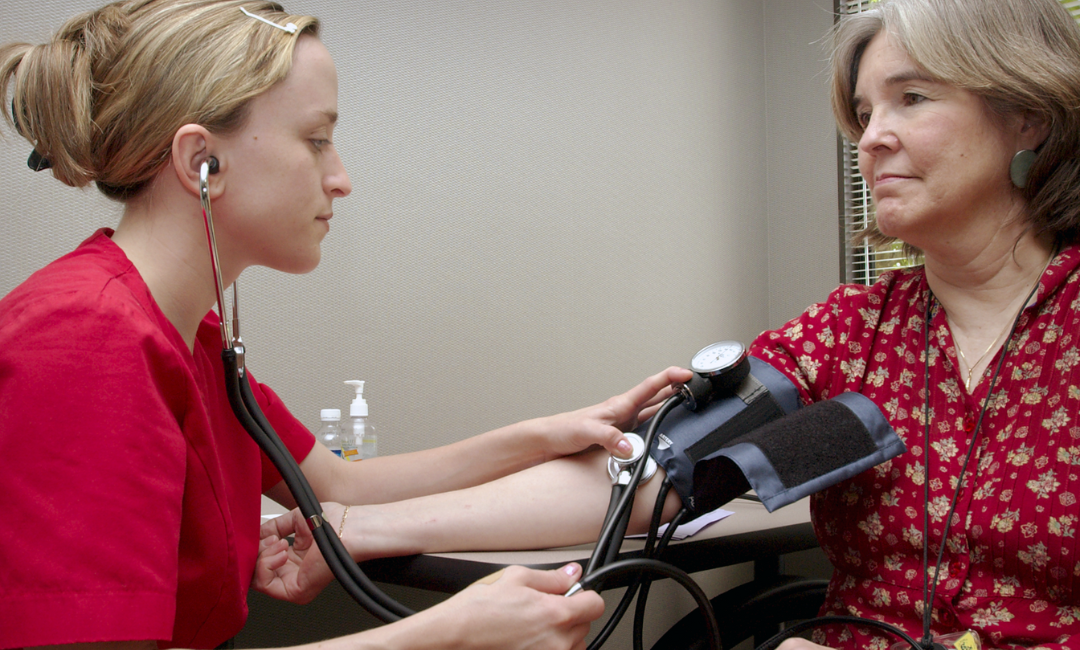The Bottom Line on Prostate Cancer Awareness Month
It is crucial for nurses to recognize that there are several reasons why someone would not want to discuss their reproductive health concerns. There are people who have had negative experiences with the health care system, people with cultural differences, and people who have religious beliefs who might not feel comfortable discussing their reproductive health concerns.
By providing that safer space and having a non-judgmental approach, you can work to establish trust between yourself and the patient. This can provide an opportunity discuss health screening and provide as much education as possible.
Prostate Cancer Awareness Month exists because prostate cancer can be uncomfortable to discuss, but the more knowledgeable a nurse can be, the more likely one can recognize signs or symptoms, as well as provide an open dialogue with patients. All these combined can improve patient outcomes and normalize the conversation about prostate cancer.
If you are interested in learning more on prostate cancer, I would encourage you to look into the Journal of Issues in Nursing and the Journal of Urology.








